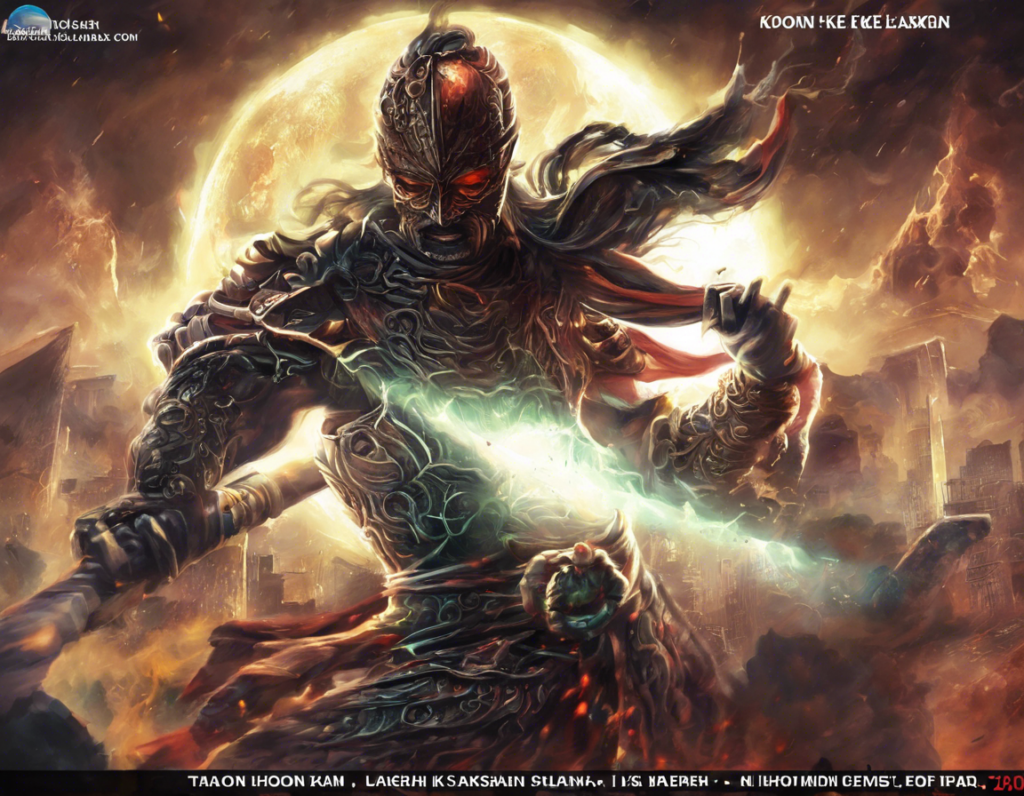The New ₹2000 Note: What You Need to Know
The introduction of the new ₹2000 note by the Reserve Bank of India in November 2016 was a significant step in the demonetization process initiated by the Indian government. The introduction of this high-denomination note was aimed at curbing black money, corruption, and counterfeiting. Understanding the features, security elements, and usage of the ₹2000 note is crucial for every Indian citizen to effectively transact and stay informed in the country’s evolving financial landscape.
Design and Features of the ₹2000 Note
The ₹2000 note features several unique design elements that set it apart from the previous currency notes. Here are some key features to look out for:
-
Color: The ₹2000 note is predominantly pink and features the Mangalyaan, India’s first venture into interplanetary space. The color scheme is unique among Indian currency notes.
-
Size: The dimension of the ₹2000 note is 66mm x 166mm, slightly smaller than the old ₹1000 note.
-
Denomination: The numeral “2000” is written in Devnagari script on the back of the note.
-
Micro-text: The note contains micro-text of “RBI” and “2000” on the left side of the watermark window.
Security Features
To prevent counterfeiting and ensure the security of the currency, the ₹2000 note incorporates several advanced security features:
-
Mangalyaan Image: The front of the note features a windowed security thread with inscriptions ‘भारत,’ ‘RBI,’ and ‘2000.’ The thread changes color from green to blue when tilted.
-
Portrait Watermark: The white portrait of Mahatma Gandhi appears in the center.
-
Intaglio Printing: The portrait and denomination numeral can be felt by touch.
-
Fluorescence: The number panel, the ₹2000 watermark, and the thread glow under ultraviolet light.
Usage and Acceptance
Despite its design and security modifications, the ₹2000 note faced some challenges regarding acceptance and usability in the market initially. However, as circulation increased, it has become more widely accepted. Here are some important points to note:
-
ATM Withdrawals: Initially, there were limitations on the withdrawal of ₹2000 notes from ATMs due to calibration issues. However, the situation improved as ATMs were recalibrated.
-
Acceptance: All banks, businesses, and establishments are now required to accept the ₹2000 note for transactions. It has become a mainstream denomination in daily transactions.
-
Digital Payments: With the government’s push for digital payments and cashless transactions, the usage of the ₹2000 note has reduced to some extent but is still a valuable denomination.
Reducing Circulation and Impact on Currency
The discussion on the ₹2000 note has also revolved around its purpose in the broader monetary policy framework. Here are some points to consider:
-
Currency Replacement: There were speculations about the ₹2000 note being replaced by a lower denomination due to its high value. However, the RBI has continued to circulate it alongside other denominations.
-
Cash Circulation: The high value of the ₹2000 note can lead to hoarding and reduce the velocity of money circulation in the economy. This has implications for monetary policy and liquidity management.
-
Counterfeiting Concerns: The advanced security features of the ₹2000 note were intended to deter counterfeiting. However, counterfeiters often target high-value denominations, posing a challenge for authorities.
Frequently Asked Questions (FAQs)
- Is the ₹2000 note still legal tender?
-
Yes, the ₹2000 note continues to be legal tender in India and is accepted for all transactions.
-
Are there any restrictions on the use of ₹2000 notes?
-
There are no specific restrictions on the usage of the ₹2000 note, but businesses may hesitate to accept large denominations due to change availability.
-
Can I exchange my old ₹2000 notes for new ones?
-
Banks generally do not exchange old notes for new ones unless there are valid reasons such as damaged notes or banking errors.
-
Are ₹2000 notes more prone to counterfeiting?
-
High-value notes like the ₹2000 note are typically targeted by counterfeiters, but the advanced security features make it difficult to replicate.
-
What should I do if I receive a counterfeit ₹2000 note?
- If you suspect you have received a counterfeit note, report it to the nearest police station or the RBI to prevent its further circulation.
In conclusion, the introduction of the ₹2000 note brought changes to India’s currency landscape, addressing issues of black money and counterfeiting. Understanding its design, security features, circulation, and impact on the economy is essential for every citizen. As the financial ecosystem continues to evolve, staying informed about the currency in circulation is crucial for smooth transactions and financial literacy in the country.


0 Comments